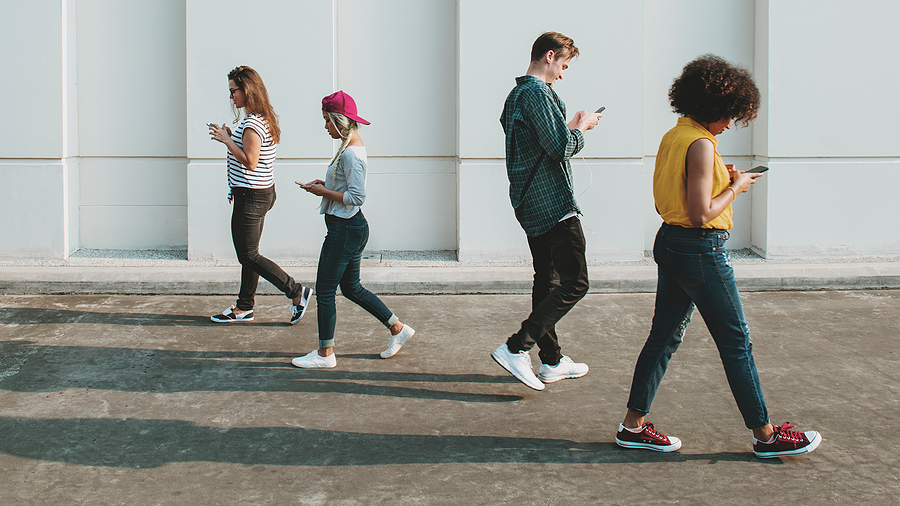
Keep your distance! What determines whether young people adhere to this rule?
Physical distancing is necessary to mitigate the spreading of COVID-19. However, physical distancing is challenging for young people because they may feel that it is not in their best interest and because having close social contact is extremely important at that age. A study in Health Psychology Bulletin investigates what determines if young people keep their distance from others. The results show that the extent to which young people think their friends keep their distance plays an important role in this.
Take aways
-
The strongest predictor of the physical distancing behavior of young people during the COVID-19 pandemic is their perception of the extent to which their friends keep distance from others.
-
Communication about the corona behavior measures to young people can therefore best focus on the social norm. If young people feel that their friends and peers are complying with the measures, they are more likely to do so themselves.
-
Read our other tips for successful youth campaigns to curb the corona crisis here.
Study information
Who?
-
481 adolescents (10-18 years, average age: 14.80 year, 34,27% male)
-
404 young adults (17-25 years, average age: 21.01 year, 18.09% male)
-
Where?
The Netherlands, the city of Rotterdam
How?
The young adults and adolescents participated in a daily diary study: on weekdays during a 2-week period they had to fill out 10 identical questionnaires during the first wave of the COVID-19 pandemic (May 2020). The questionnaires included questions on how often participants over the past 24 hours had tried and had succeeded in keeping 1.5 meters distance from others. Also, questions were asked on the extent to which they thought the coronavirus is a problem (perceived severity), the extent to which they thought they could become contaminated with the coronavirus (perceived susceptibility), the extent to which they thought that by keeping 1.5 meters physical distance they would reduce the spread of the coronavirus (response efficacy), the extent to which they thought that their friends kept 1.5 meters physical distance from others (perceived descriptive norm), and the extent to which they thought that their friends believed that they should keep 1.5 meters physical distance from others (perceived injunctive norm). Additionally, questions were asked about the extent to which they were exposed to communication related to COVID-19 via mass media (such as television and news apps) and social media and via personal contact with parents, teachers and friends.
Facts and findings
-
The participants said they almost always kept their distance from others. There was, however, a small decrease in their adherence to this rule during the two weeks that the study lasted.
-
When it comes to physical distancing behavior, the participants mainly looked at their social environment. In particular, the assessment of what friends do was strongly related to the extent to which they kept their distance from others.
-
How well the participants kept their distance from others also depended on how serious they experienced the threat of the coronavirus and to what extent they thought that keeping their distance helped in fighting the virus.
-
The participating young people most often obtained information about COVID-19 from traditional media (such as television, radio, newspaper or news websites).
-
Participants who more often obtained information from traditional media also felt that their friends were more likely to keep their distance from others. As a result, they also kept their distance from others more often.
-
Interestingly, information about the corona virus that the participants received via social media and personal contact was not related to the extent to which they kept their distance from others.
-
Another remarkable finding is that participants who experienced more negative feelings when exposed to COVID-related information via mass media were less likely to maintain physical distance.
-
The weather played a significant part in the physical distancing behavior of young people. The higher the daily temperature, the less likely young people were to keep a distance. An explanation for this is that when the temperature rises, people go outside more often and meet with others.